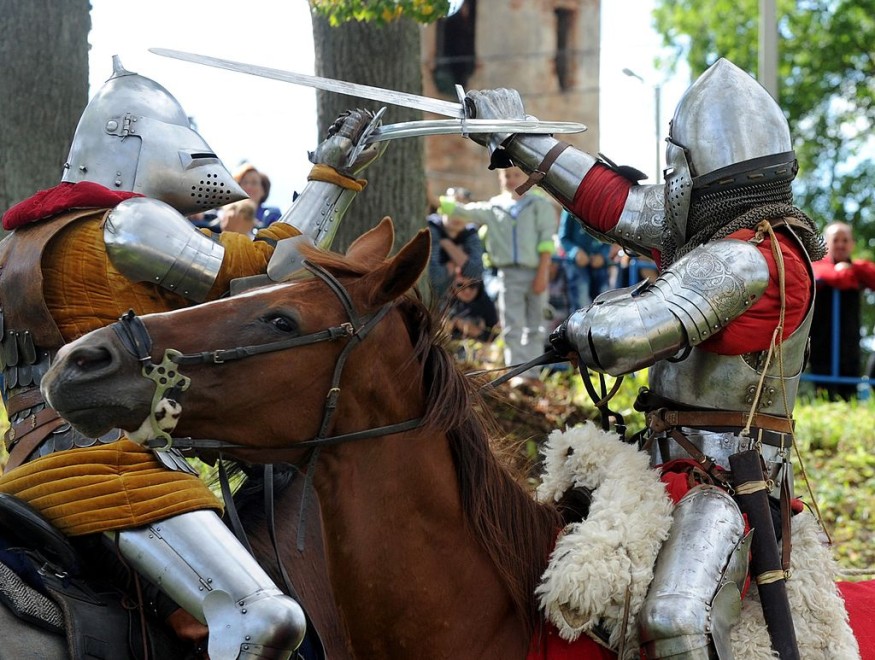A headless horse buried during the reign of ancient Germany had recently been excavated. Based on the findings, the creature's skeleton is still intact, and it was discovered alongside a medieval rider. The remains of this historical piece were unearthed in the country's southern town, Knittlingen.
Archaeologists from the Stuttgart Regional Council's State Office for Monument Preservation and ArchaeoBW said that examination from the medieval collective dates back 1,400 years ago.
Frankish Merovingian Dynasty in Medieval Germany

The medieval graveyard, where the remains were excavated, is part of the territories under the Merovingian dynasty. The Frankish group ruled the region between 450 to 751 AD. The first people in the territories were unified and became the foundation of the greater population in France and most of central Europe.
The headless horse is a puzzle for the experts. Throughout the study, there are a few hints that were collected to point out the reason behind its decapitation. The most plausible theory is that the steed was beheaded as part of the burial ceremony for the fallen soldier.
The ancient soldier nearest to the horse had several artifacts, including a straight and a double-edged sword called "spatha" and a lance. The only thing missing from the grave was the head of the horse and its location remains a mystery.
Stuttgart Regional Council's State Office for Monument Preservation archaeology expert Folke Damminger led the study on the excavation site, along with other collaborators.
The medieval graveyard was discovered just west of Knittlingen's town. It was first brought up coincidentally during construction work in 1920. The project was meant to develop a railway line across the town but was eventually closed down later.
Medieval Life in Knittlingen Archaeological Site
The scholars explained that the man and his steed both served under the widespread ruling of the Merovingian dynasty. Damminger said in a Live Science report that the ancient warrior was possibly part of the dynasty's chain of command. Being under the umbrella of Merovingian power, the man was obliged to participate in campaigns initiated by the kings.
The medieval soldier was also believed to be a local elite. During this time, the man may have been the head of a large farming household that included members of his own family and a set of servants. However, the man may not have personally participated in farming due to the campaigns, leaving the workload to the personnel on his farm.
Damminger explained that the decapitation of the horse was probably a sign of reaffirmation of the man's social status during burial. In the cemetery, there were 110 other graves excavated. Most of the remains were kept in wooden coffins and timbered chambers.
Other medieval warriors discovered on the site also had artifacts buried with them, including weapons and luxury items. Even though the place was a victim of an ancient robbery, Damminger said that the pieces left behind were sufficient to tell the social status of the buried people. According to a report by DailyMail, most of the graves are positioned in a row, while the elites are displaced and surrounded by a circular ditch.
Neolithic ceramics that date back between 5,000 to 4,500 BC were also found on the site. Further studies will be made to understand the decapitation of the horse, and discover the identity of the rider and cause of his death. Other artifacts will be sent to Rastatt for observation.
RELATED ARTICLE : Ancient Egyptian Child Mummified 2,000 Years Ago Discovered with Bandaged Leg, Gives Insights to Old-Fashioned Medical Practices
Check out more news and information on Archaeology in Science Times.









